About 10 years ago, while playing with his kids and their Lego toys one Christmas holiday, a clever young Renault engineer called Nicolas Fremau came up with an idea for a new, super-efficient form of hybrid gearbox - exactly the thing he knew his company would need for the rapidly approaching electrification age.
Back then, Toyota was the only company building hybrids in large numbers, notably the Prius. But Fremau's idea was simpler, it was potentially cheaper and he knew the mechanical parts would fit models originally engineered for conventional transverse front-drive ICE powertrains.
In particular, the new gearbox would utilise several innovative ways of dramatically cutting friction, an efficiency killer in any powertrain.
One ruse was to eliminate any need for a conventional start-up clutch in favour of an electric drive motor that would always set the car in motion, with the petrol motor chiming in later.
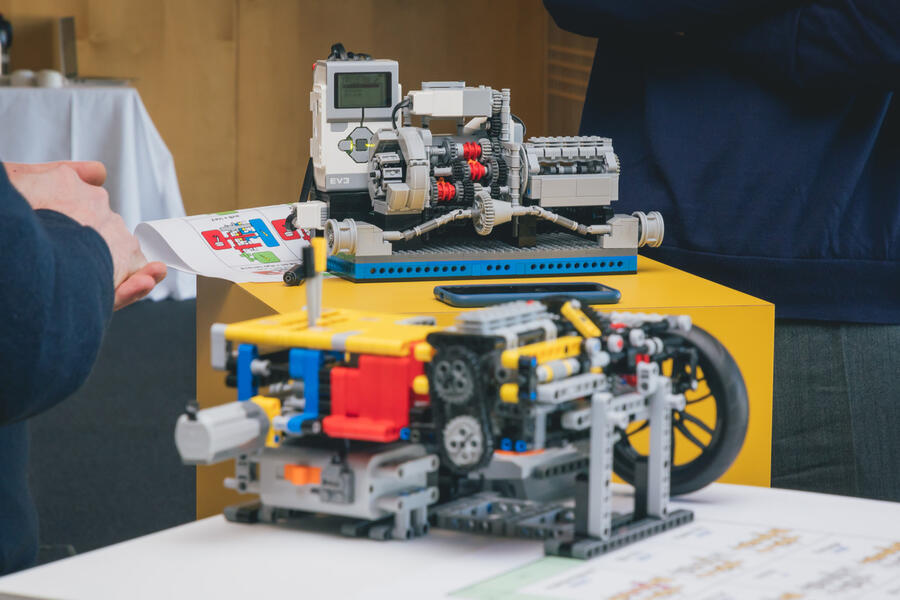
Another was to replace conventional, power-sapping gearbox synchromesh with a system of more efficient dog clutches - using torque from a second electric starter-generator to match the gear speeds and mesh the gears.
The benefits were spectacular. Here was a powertrain with the potential to be fully 20% more efficient than the conventional drive systems it would replace - in other words, every bit as efficient as out-of-favour diesels.
Here, also, was a system that, because of its EV-like driving characteristics, could easily introduce new Renault owners to their future of electric car driving.
Fremau's good idea soon thrived in the fertile environment of the Renault Group's mighty Technocentre at Guyancourt, west of Paris, where he worked. Experiments rapidly grew into a fully blown engineering programme.
After a decade of development, Renault now offers a unique, clutchless hybrid powertrain family sold under the E-Tech Hybrid name, launched in 2020 and already in its second generation, that combines two electric motors with a staple petrol engine.
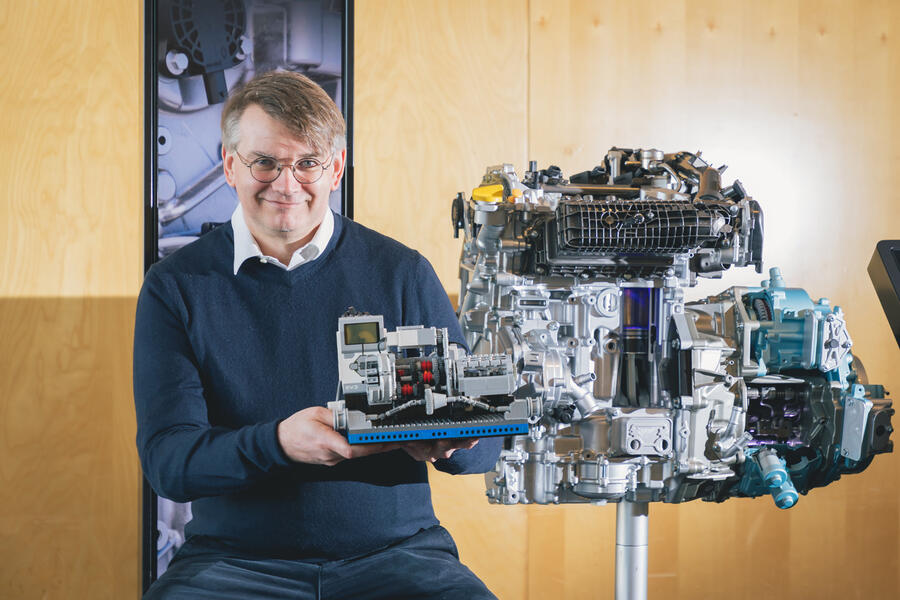

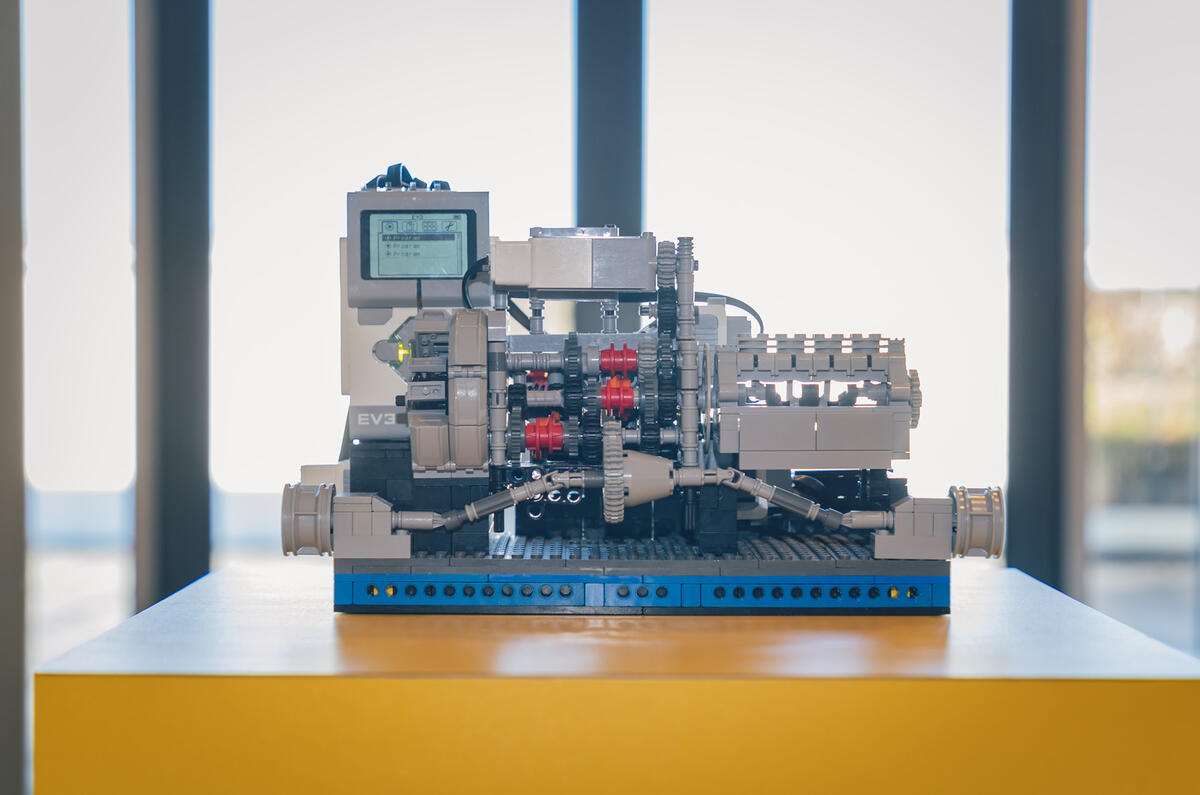
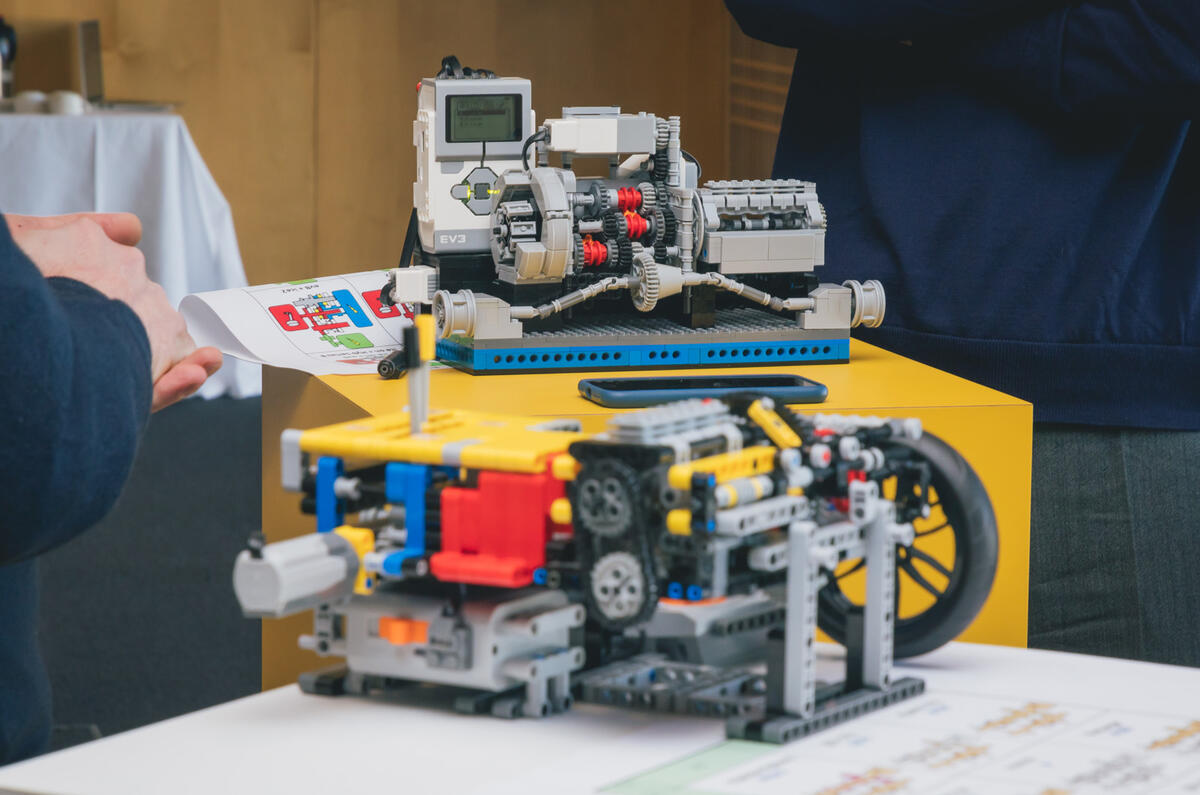

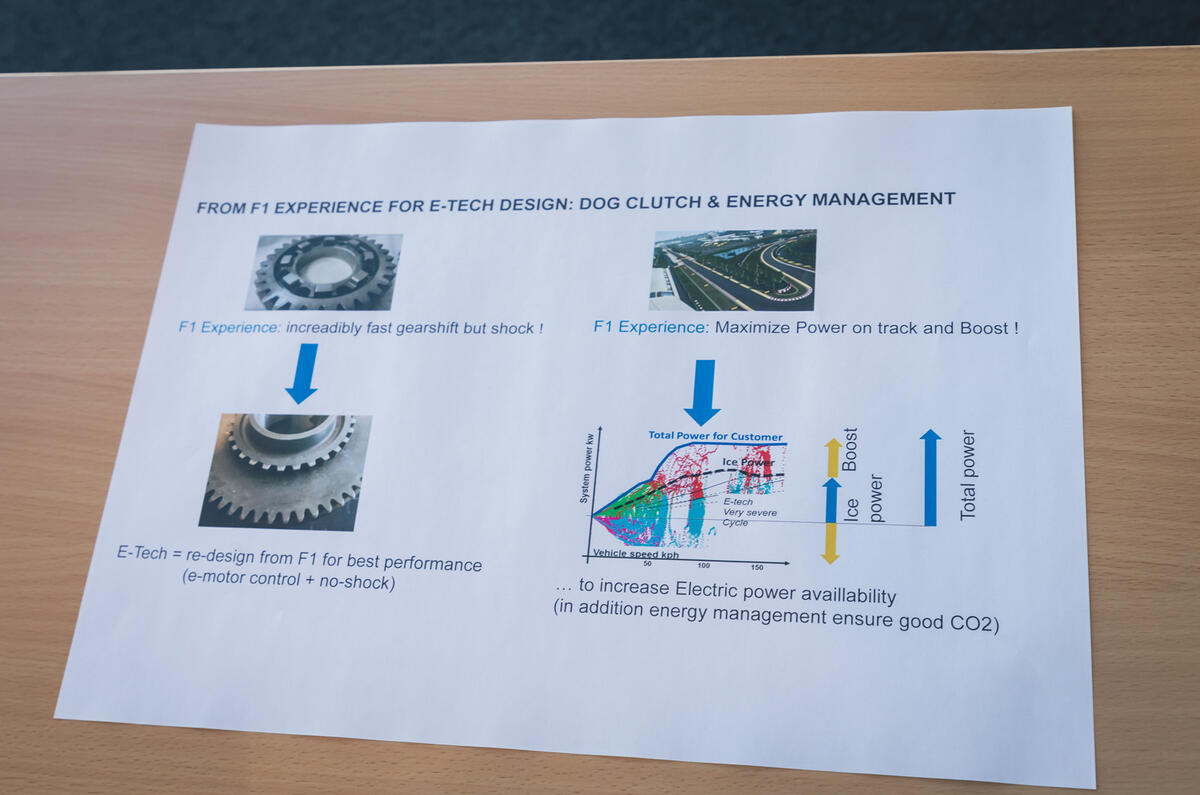
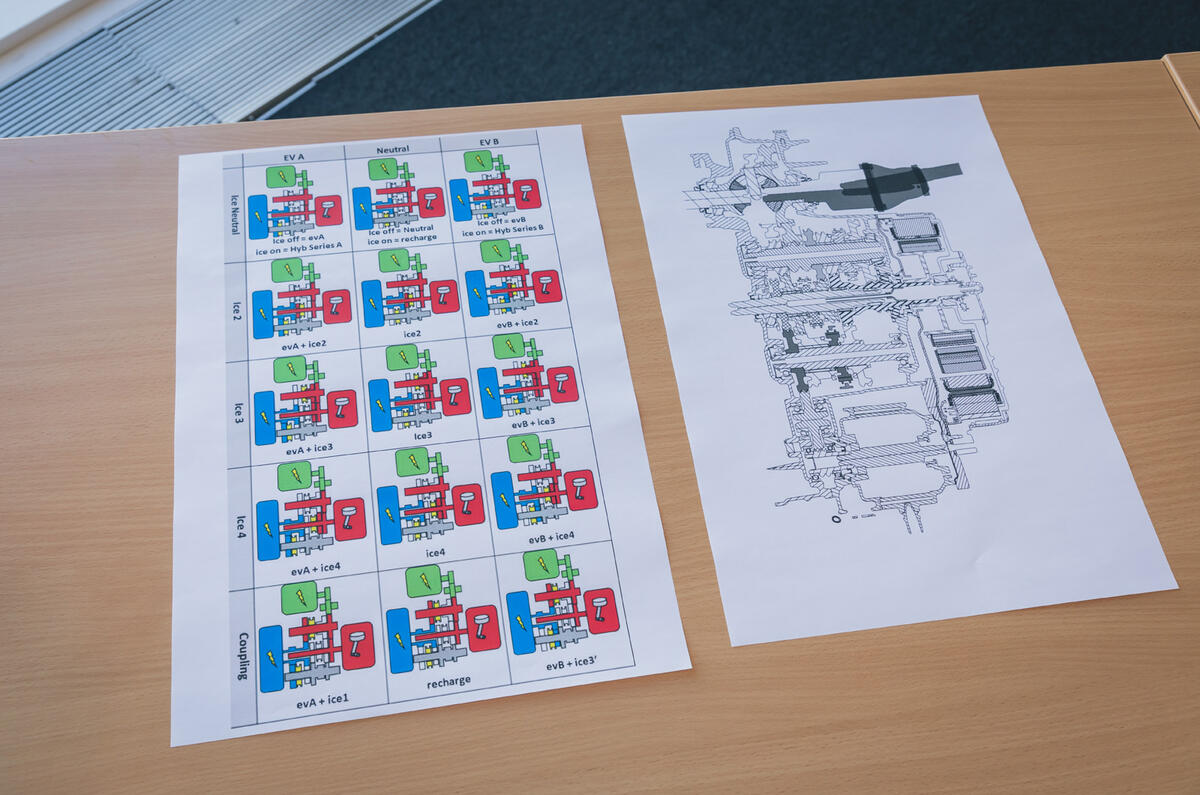
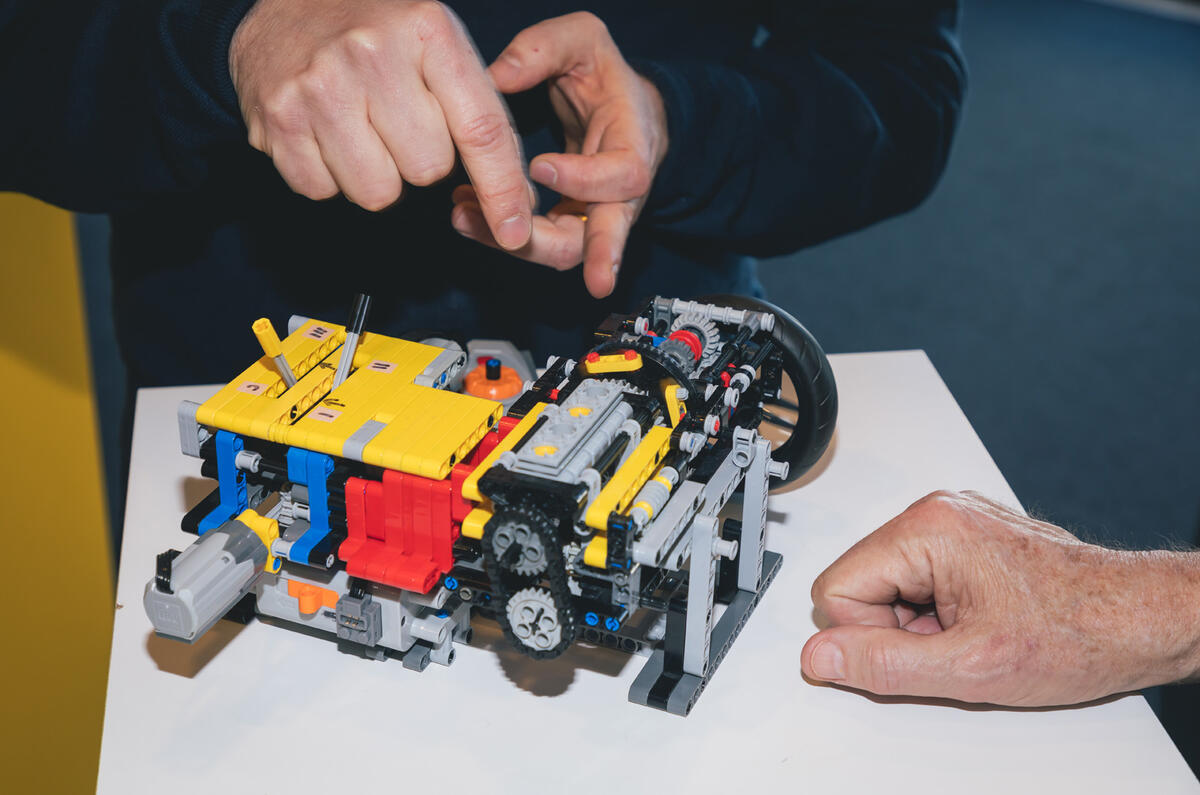
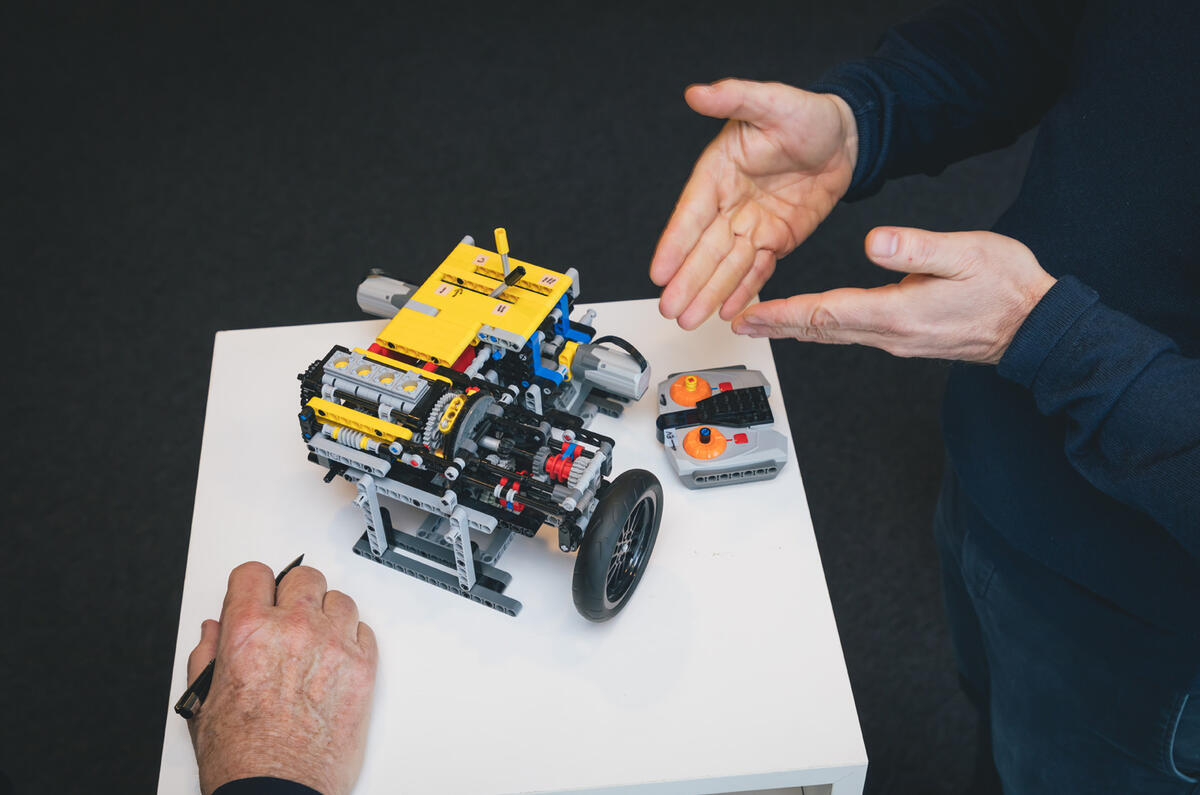

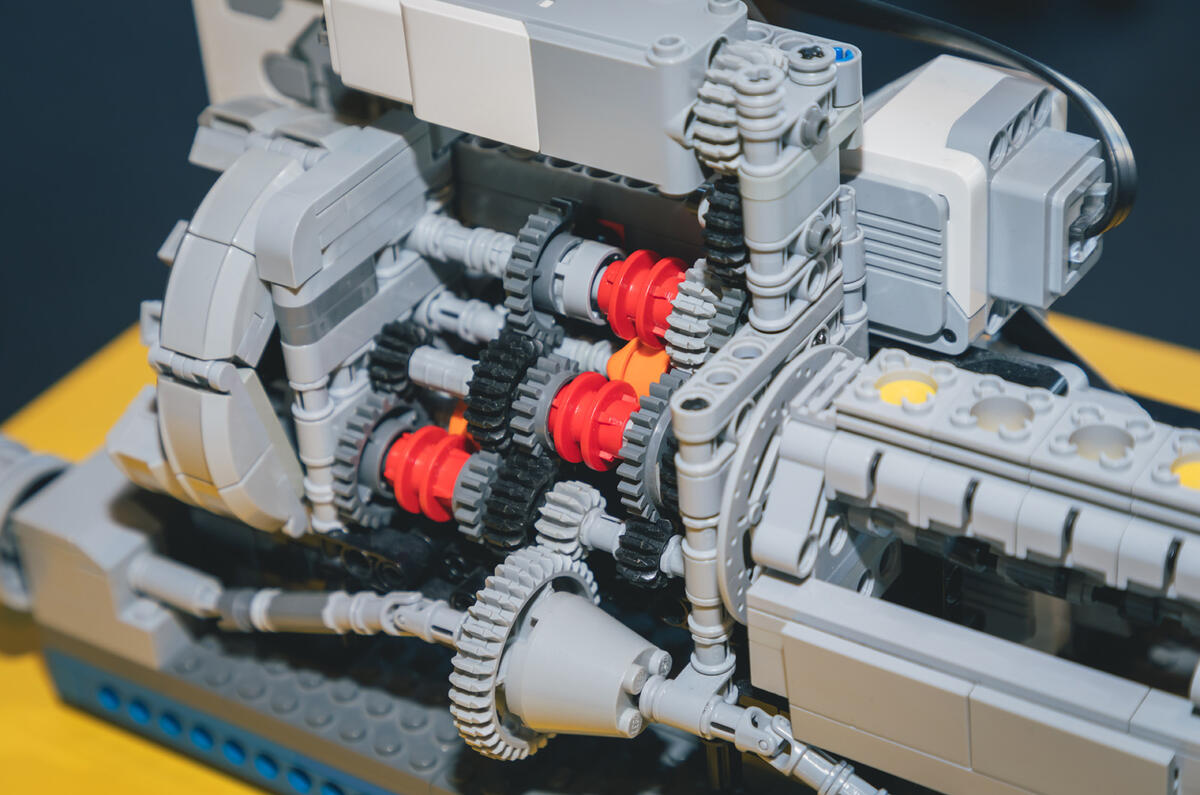
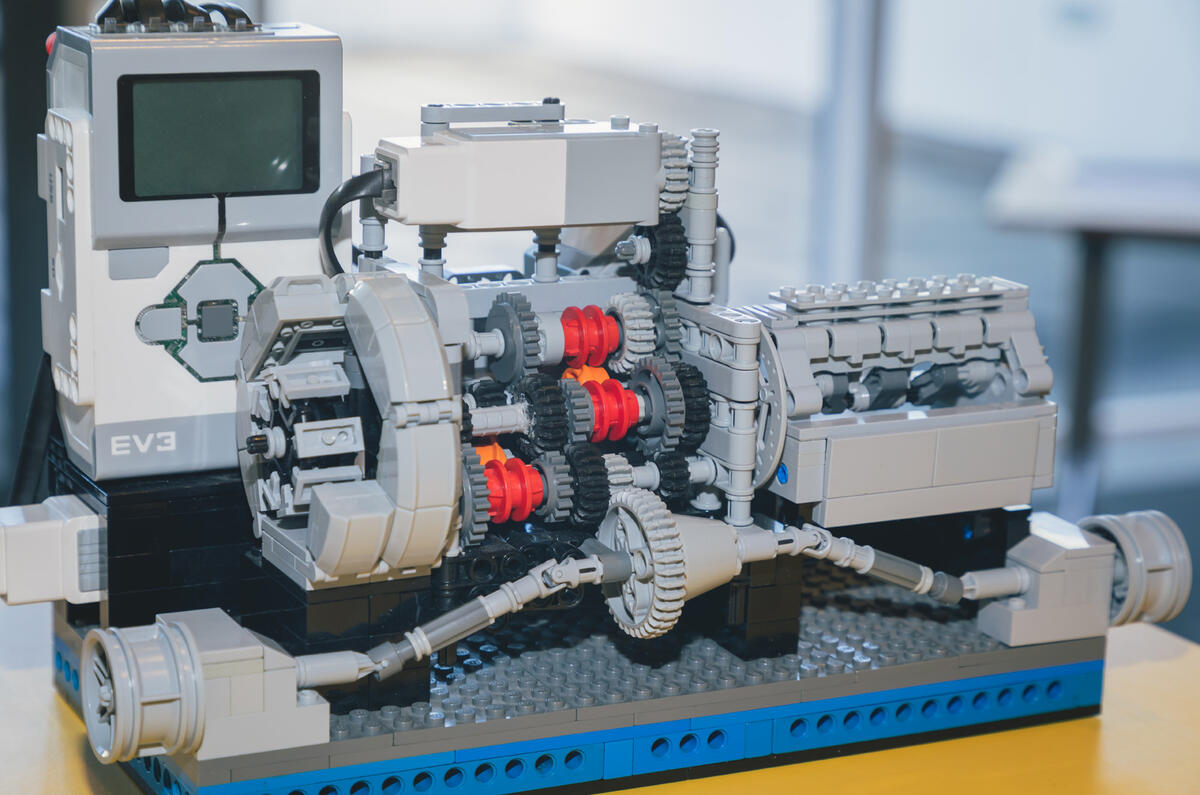
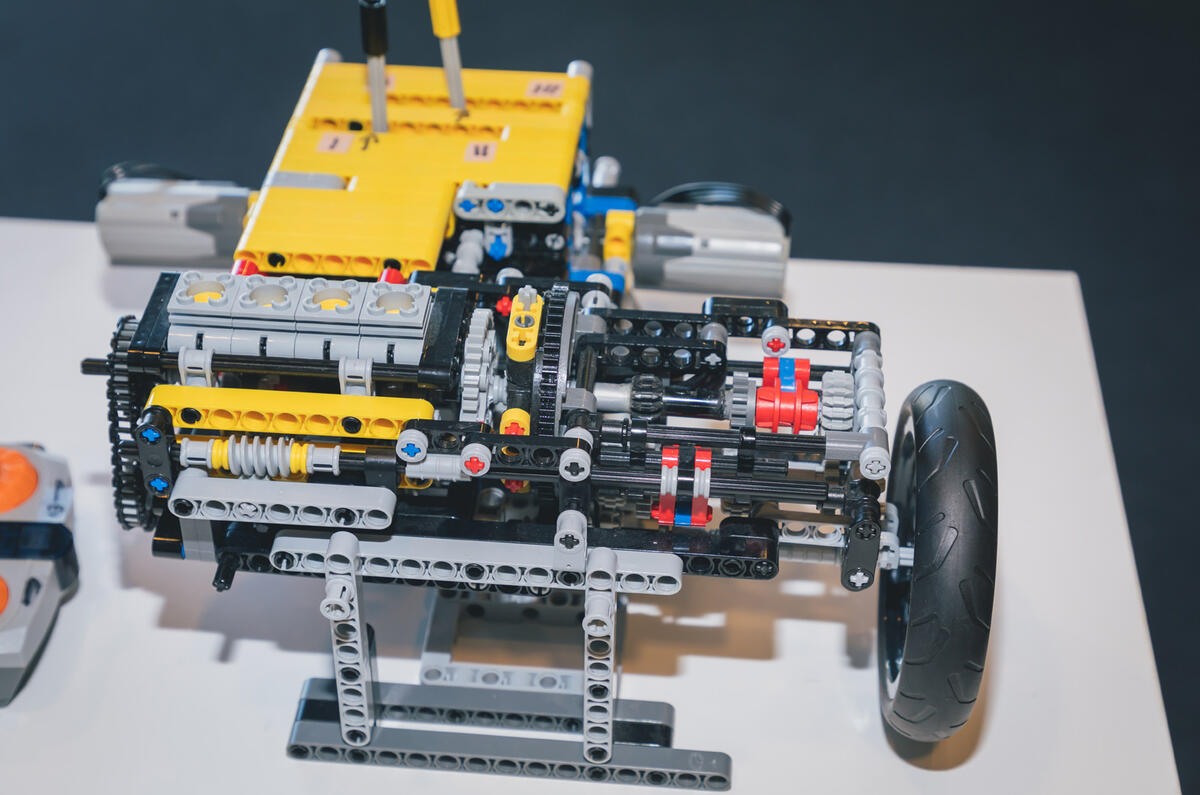
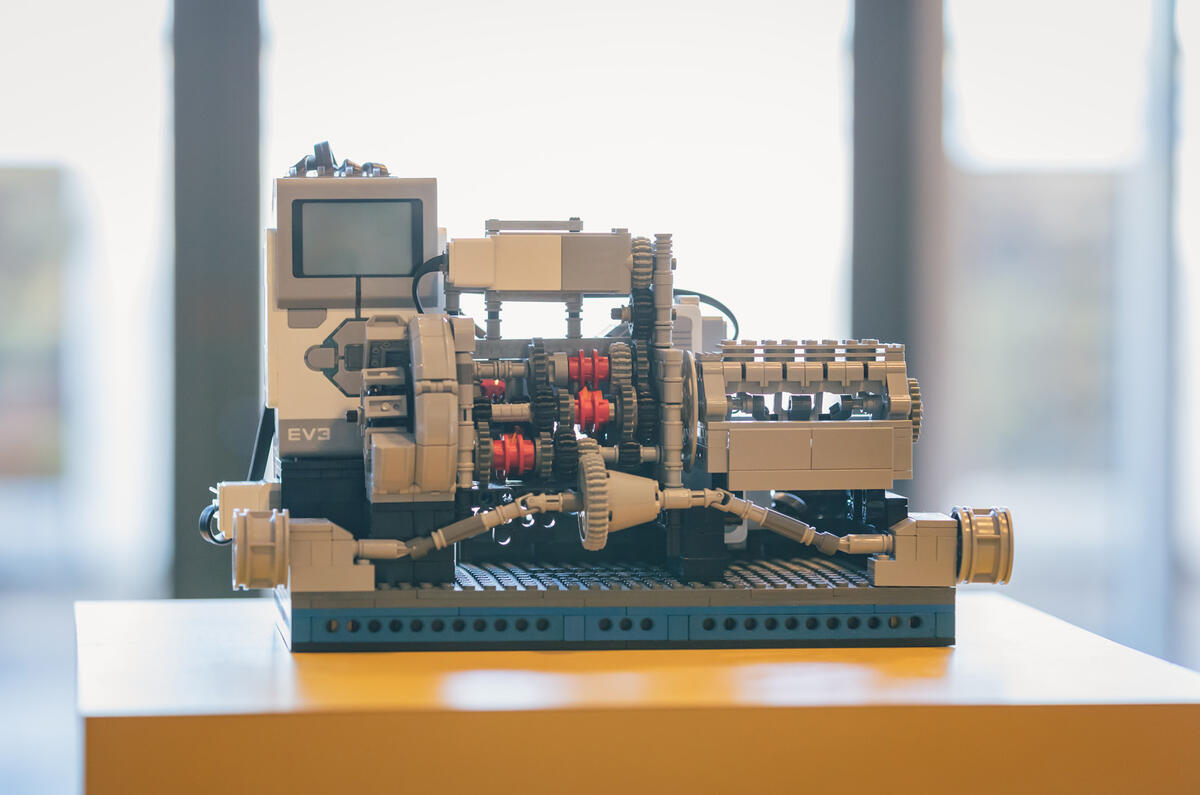
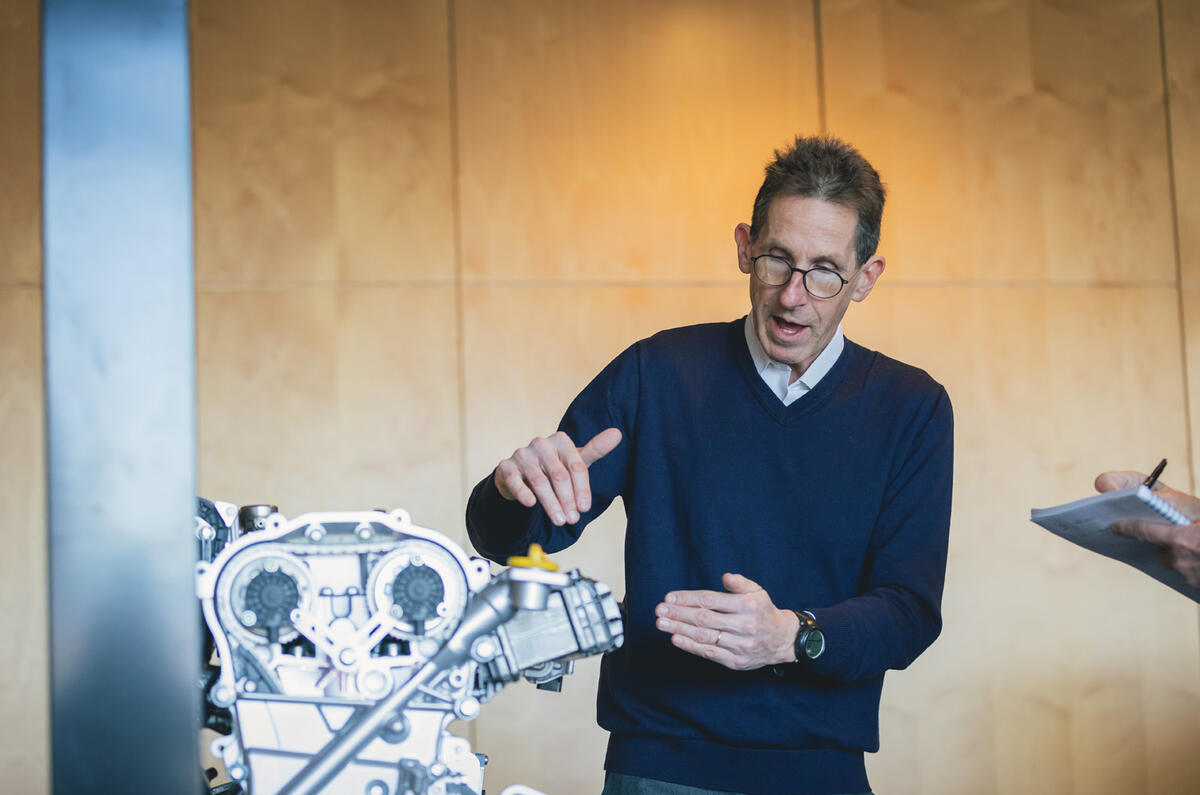
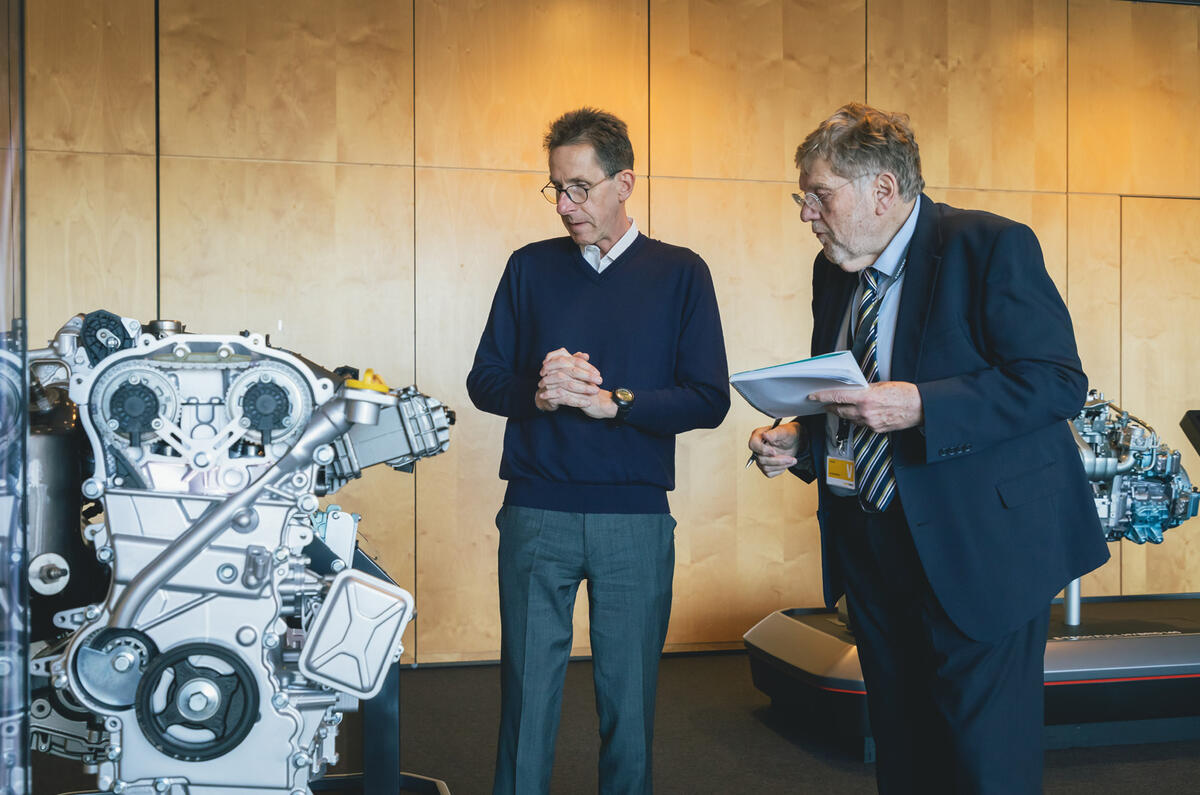

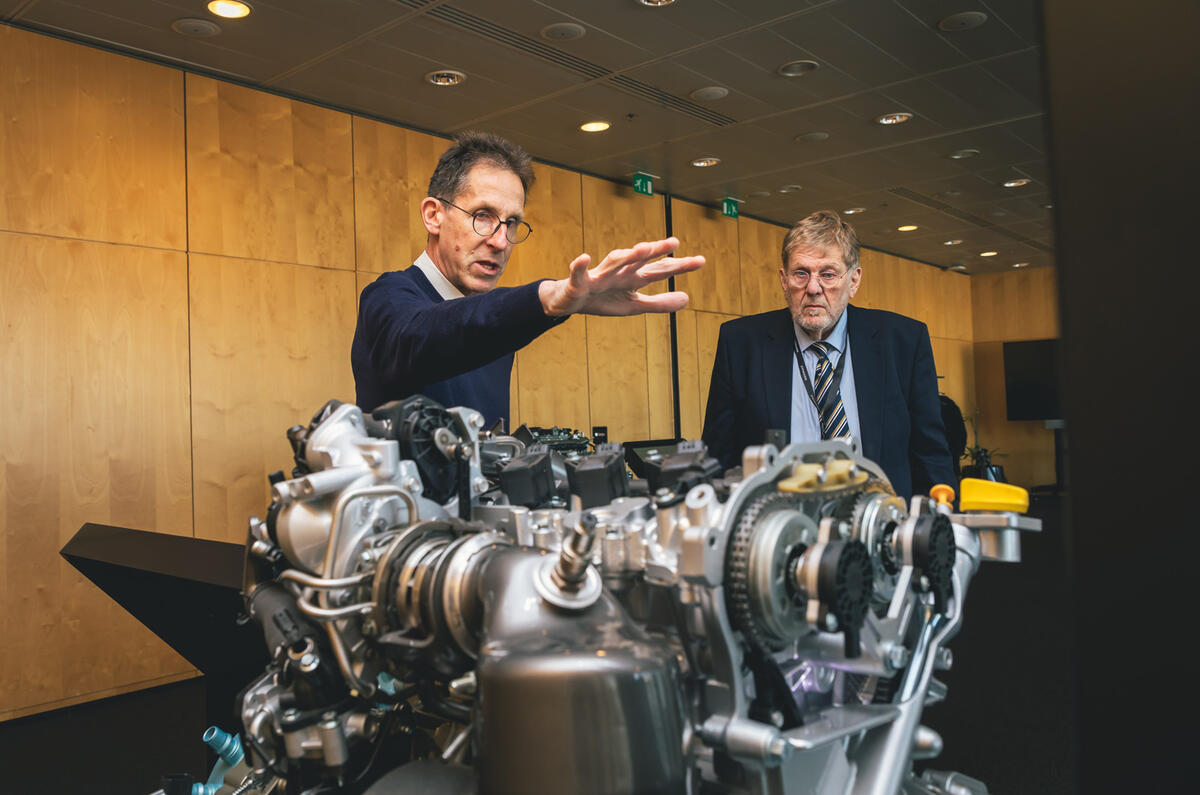
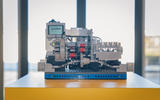
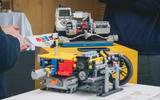
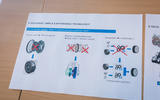

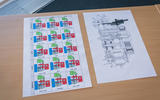
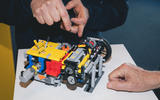
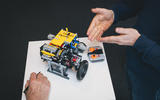
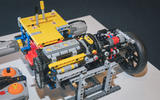
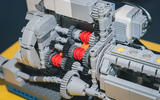
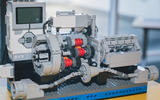
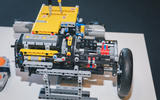

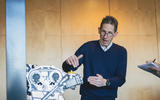
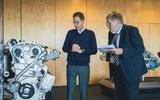

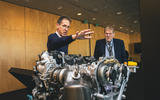

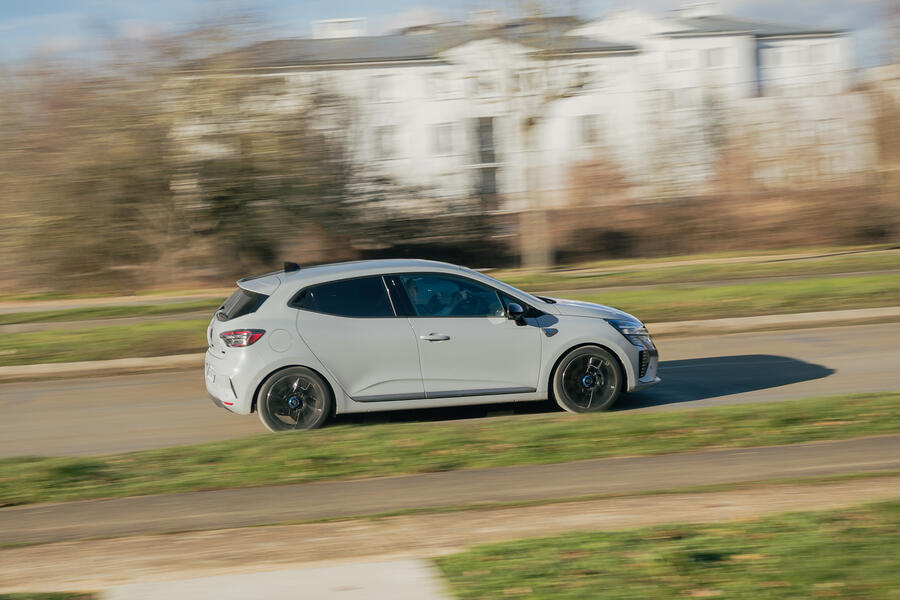
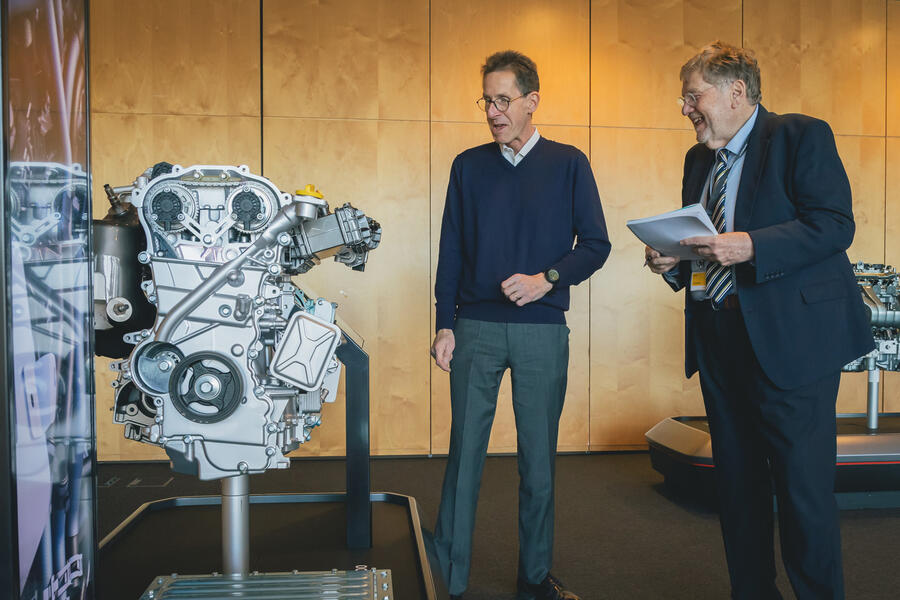





Join the debate
Add your comment
Test drove a Clio with this in to see what it was like as I couldn't decide which powertrain to get in a Jogger. Was mightly impressed by the hybrid system - very smooth and almost seemless. Such a shame it had the very coarse 1.6 N/A which also seemed to drink fuel whenever it was switched on.
Hopefully the next gen Jogger will get the 1.2 turbo with this system. Oh, and a pedal box that doesn't give you cramp after 10 minutes of driving.
Slightly off topic, but what's happened to the Toyota Pruius on sale article posted earlier?
This article needs a video to accompany it.Anything on YouTube?